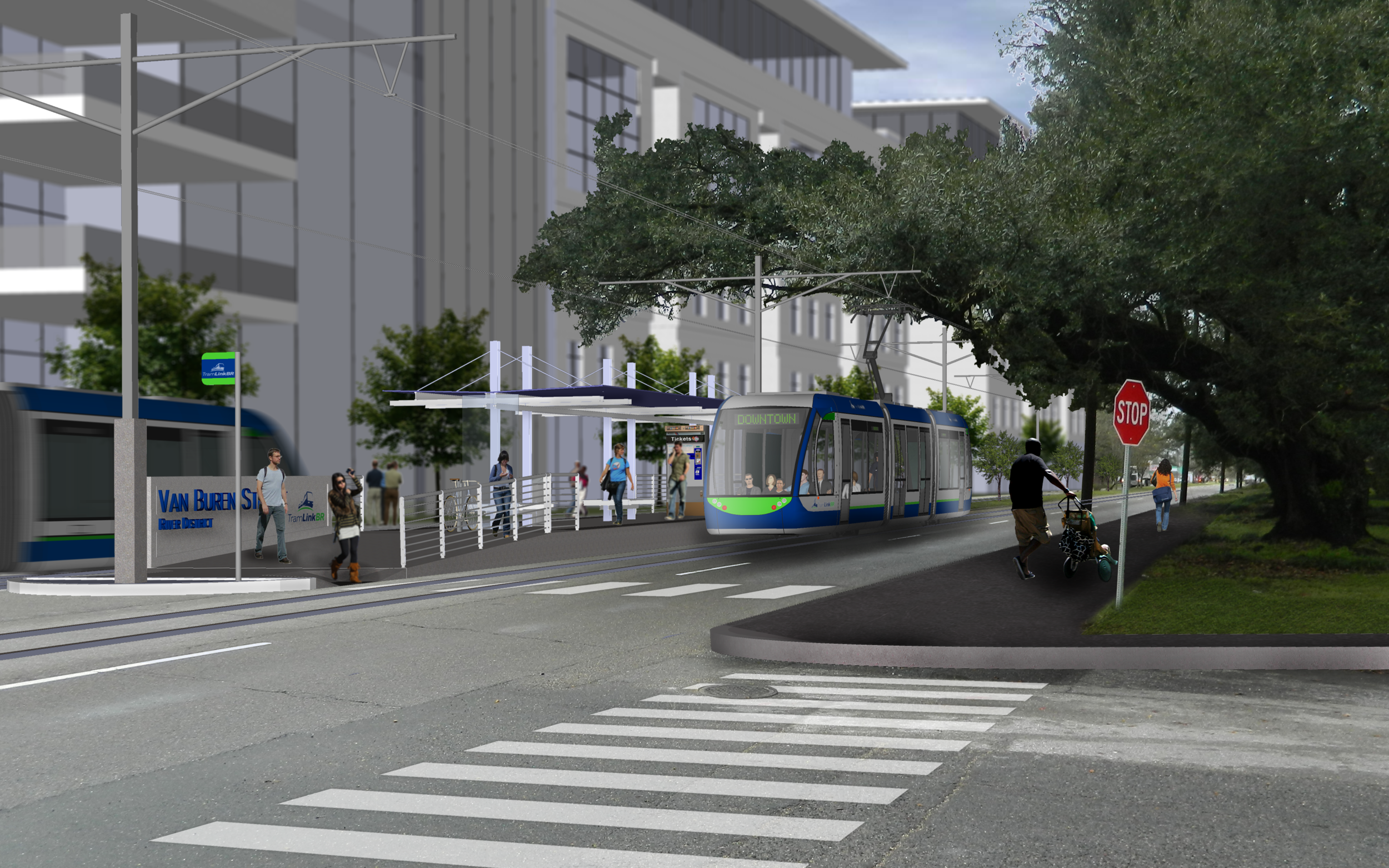Scenario Building Basics
MODEL FRAMEWORK
The ET framework consists of three major components: two excel spreadsheet templates (Prototype Builder and Scenario Spreadsheet) and a GIS file geodatabase which are all manipulated through an add-in for ArcGIS. These three components are essential for scenario development in Envision Tomorrow. Each component interacts with one another while producing scenarios.
The Prototype Builder spreadsheet allows users to input detailed building-level assumptions to create a library of "Prototype Buildings". These assumptions include both the physical form of a given building, an its financial performance. These spreadsheets are then linked dynamically with the Scenario Spreadsheet where they are blended together to create "Development Types". Scenario-wide assumptions such as average household size, wages by sector, and the cost of infrastructure are also contained in the Scenario Spreadsheet. These development types and assumptions form the basis of what is painted in the scenario painter add-in for ArcGIS.
Prototypes are the building blocks of every scenario. As part of an overall scenario planning process, the Prototype Builder’s prototype buildings are combined with other elements of the built environment such as street types, civic uses and open spaces to form “development types” used by the scenario builder tool Because we have information at the building level, ET can compute a range of detailed indicators. A "Prototype Library" is intended to be a collection of Prototype Builder spreadsheets which reflect the physical and financial attributes commonly found in a range of building types typical to a region, city, or neighborhood. Jump to Prototype Buildings for more info.
Envision Tomorrow's Scenario Builder (Scenario Spreadsheet) file is a Microsoft Excel spreadsheet that contains links to individual building prototype spreadsheets as well as other place-type assumptions. The Scenario Spreadsheet contains all of your development types and development type attributes that define scenario land uses. When you first open your file geodatabase in ET, you will be asked to open or select your ET Scenario Builder file so that ET can link these two files together. When they are linked, information of the painted parcels or areas in the scenario layer will be sent to the Scenario Builder spreadsheet to calculate indicators. Jump to Development Types for more info.
Scenario creation occurs within an ArcMap document using the Envision Tools painting toolbar. This toolbar, an extension for ArcGIS, provides access to a custom set of tools including painting, development type selection, spreadsheet synchronization, and analysis tools. The core functionality of this tool allows users to select from a palette of development types that can then be manually painted on the landscape or applied through feature queries. The Envision Tomorrow toolbar is a free add-on for ArcGIS. To download the latest version of the ET add-on, visit the downloads page. Jump to Scenario Painting for more info.
Envision Tomorrow is capable of comparing up to five scenarios against existing conditions. Once a user has created one or more scenarios it is possible to use the "summary new" and "summary total" tabs in the Scenario Spreadsheet to analyze one or more scenarios. In addition, scenario outputs can be written directly to the user's scenario featureclass for use in thematic maps and additional analysis. Envision Tomorrow also includes a Scenario Aggregator which serves as a handy translator between scenario geographies and higher order "neighborhoods" such as Census Block Groups or Traffic Analysis Zones (TAZs). Jump to the Scenario Analysis section for more information.





